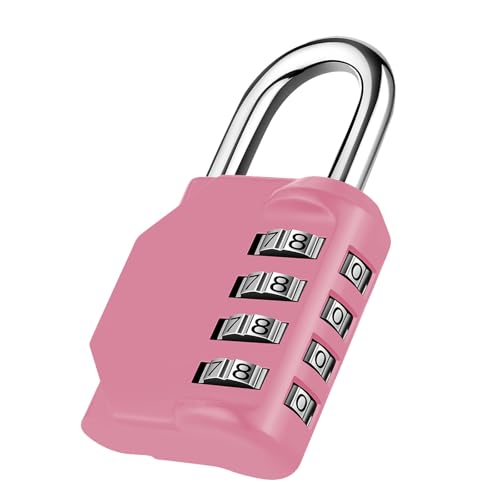Yes, it is possible to pick a padlock with a credit card
Lock picking is an age-old technique used to gain access to a lock without the original key. While it may sound like a method reserved for skilled locksmiths or criminals, it is actually relatively simple and can be done with everyday objects such as bobby pins, paper clips, or even a credit card. In this article, we will explore the process of picking a padlock with a credit card, the legality of such actions, and some tips for avoiding being a victim of this technique. So, can you pick a padlock with a credit card? Let’s find out!
The process of picking a padlock with a credit card
Picking a padlock with a credit card involves manipulating the card to mimic the shape of a key in order to slide it past the pins within the lock mechanism. Here is a step-by-step guide on how to do it:
Step 1: Choose the right lock and card
Not all padlocks can be easily picked with a credit card. Look for locks with wide keyways and lower-grade mechanisms, as they are generally easier to manipulate. As for the credit card, it should be thin and flexible enough to fit into the keyway.
Step 2: Insert the card into the lock
Insert the credit card into the keyway between the lock’s shackle and the body of the lock. Tilt the card towards the side where the pins are located.
Step 3: Apply pressure and push the card
Apply downward pressure on the shackle of the lock while simultaneously pushing the card further into the lock. This motion should create tension within the lock.
Step 4: Wiggle and twist the card
While maintaining pressure on the shackle, begin to wiggle and twist the card back and forth. This motion is meant to mimic the action of a key turning within the lock. As you do this, try to feel for any resistance or give from the pins.
It is important to note that picking a padlock with a credit card requires practice and patience. It may take several attempts before successfully unlocking the padlock.
The legality of picking a padlock with a credit card
While picking a padlock with a credit card may seem like a sneaky way to gain access to something, it is important to note that the legality of lock picking varies by jurisdiction. In some places, possessing lock picking tools with the intent to use them unlawfully is illegal. However, using everyday objects like a credit card to pick a lock may be seen as more of a gray area.
It is always best to obtain explicit permission before attempting to pick a lock, even with a credit card. If you find yourself locked out of your own property, it is advisable to contact a professional locksmith who can safely and legally assist you in gaining entry.
Tips for avoiding being a victim of credit card lock picking
To protect yourself from someone attempting to pick your padlock with a credit card, there are a few precautions you can take:
Use high-quality padlocks
Investing in high-quality padlocks with robust mechanisms can make them more difficult to pick, regardless of the method used. Look for locks with features like anti-pick pins or advanced security systems.
Secure your belongings with multiple locks
Using multiple padlocks on a single item can add an extra layer of security. If one lock is successfully picked, the additional locks can still deter unauthorized access.
Be aware of your surroundings
When leaving your belongings unattended, make sure to choose a well-lit and populated area. Criminals are less likely to attempt lock picking in public places.
Consider additional security measures
Depending on the value of the items being secured, it may be worthwhile to invest in additional security measures such as alarms or surveillance systems. These will not only deter thieves but also alert you to any unauthorized access attempts.
While it is indeed possible to pick a padlock with a credit card, it is important to remember that lock picking should be approached with caution and only done legally and with proper consent. Protecting your belongings with high-quality padlocks and additional security measures can help reduce the risk of unauthorized access.






